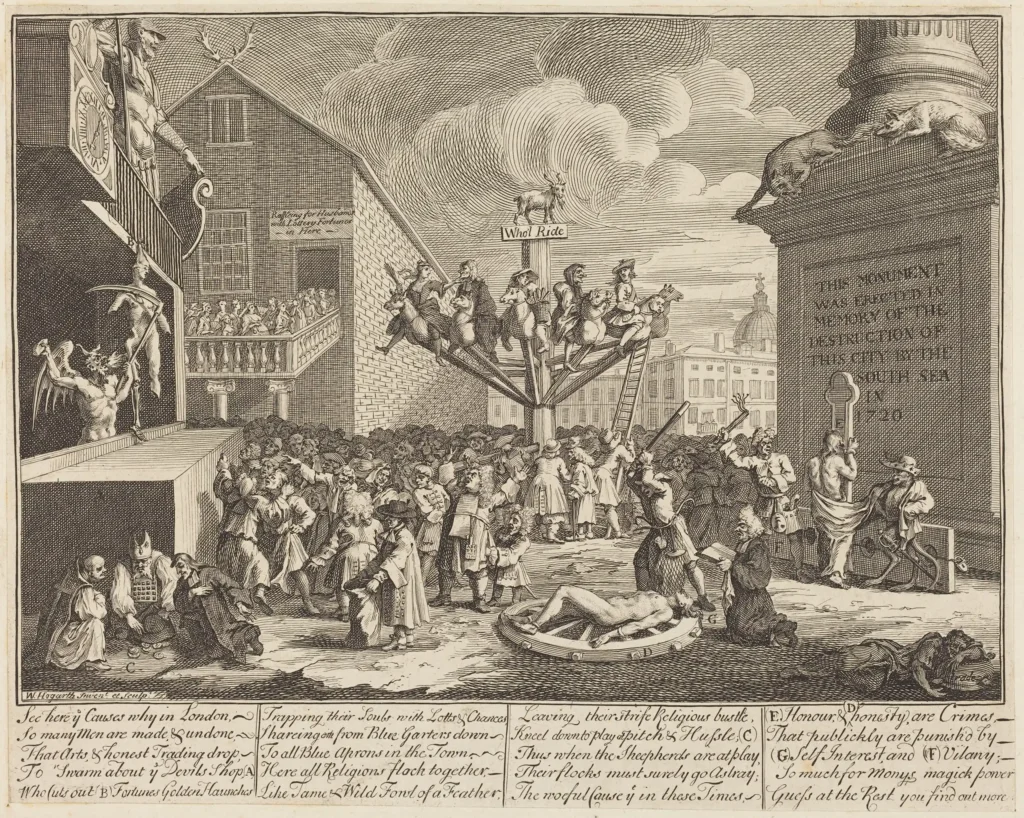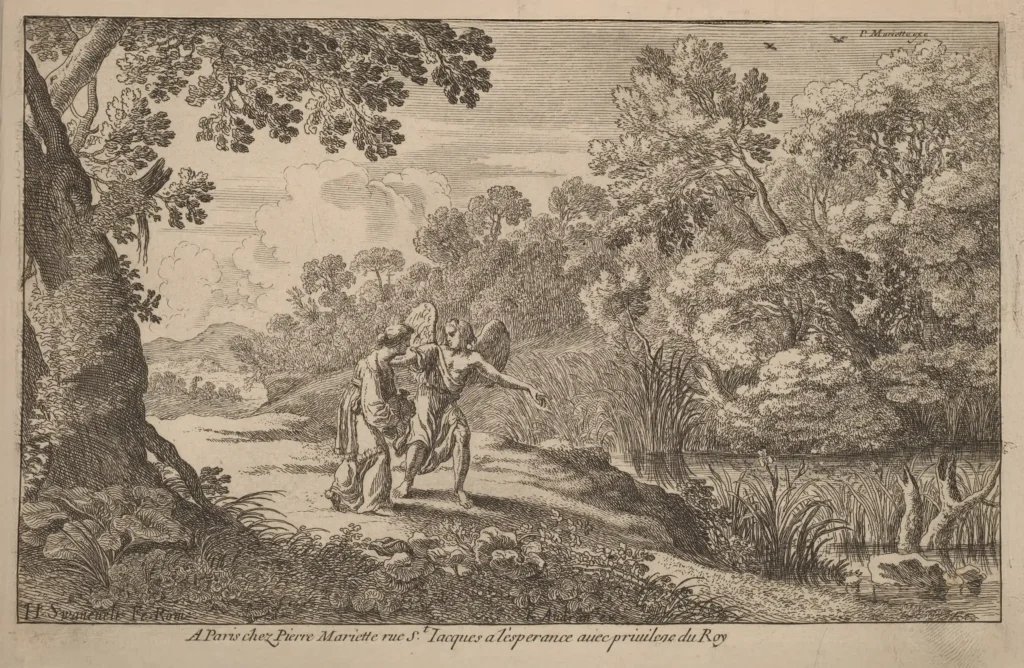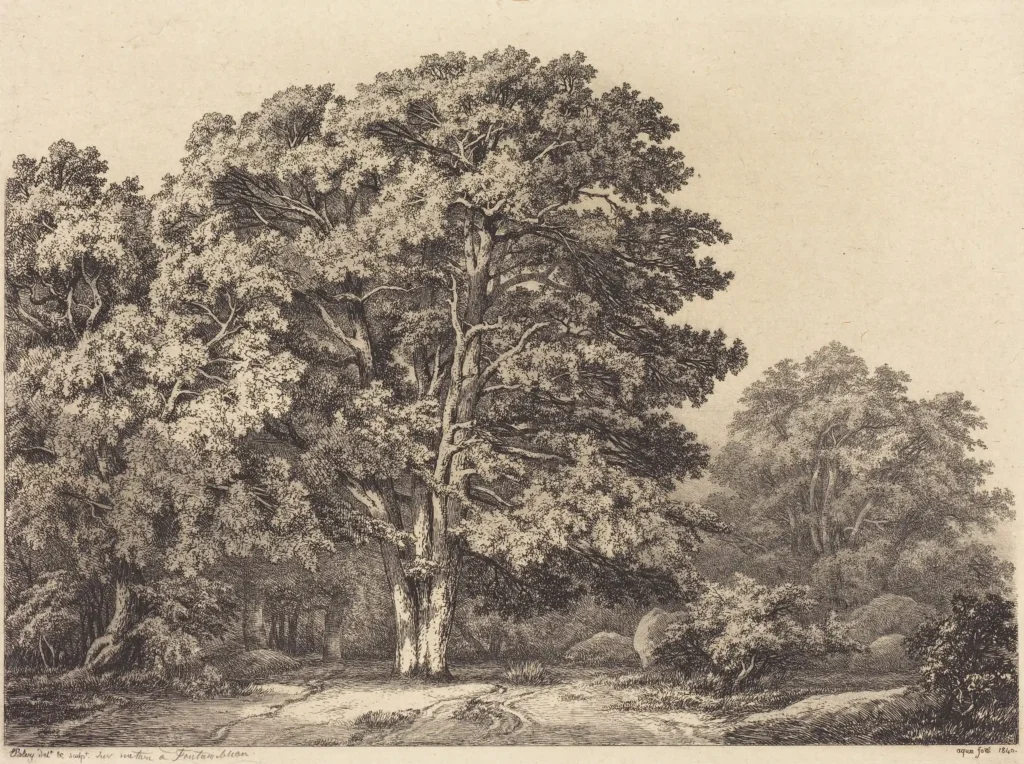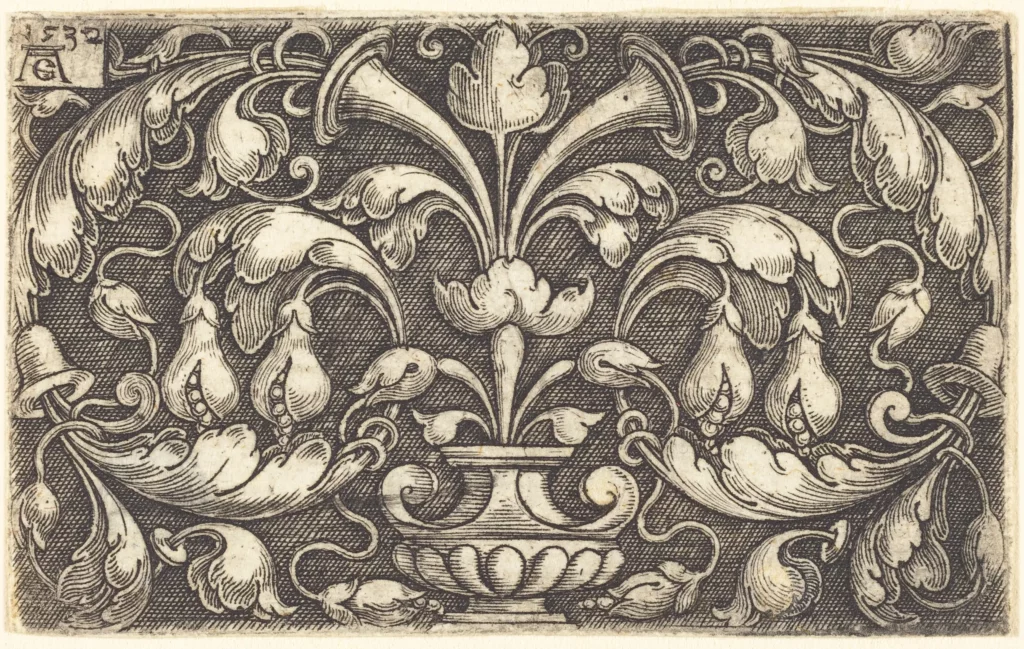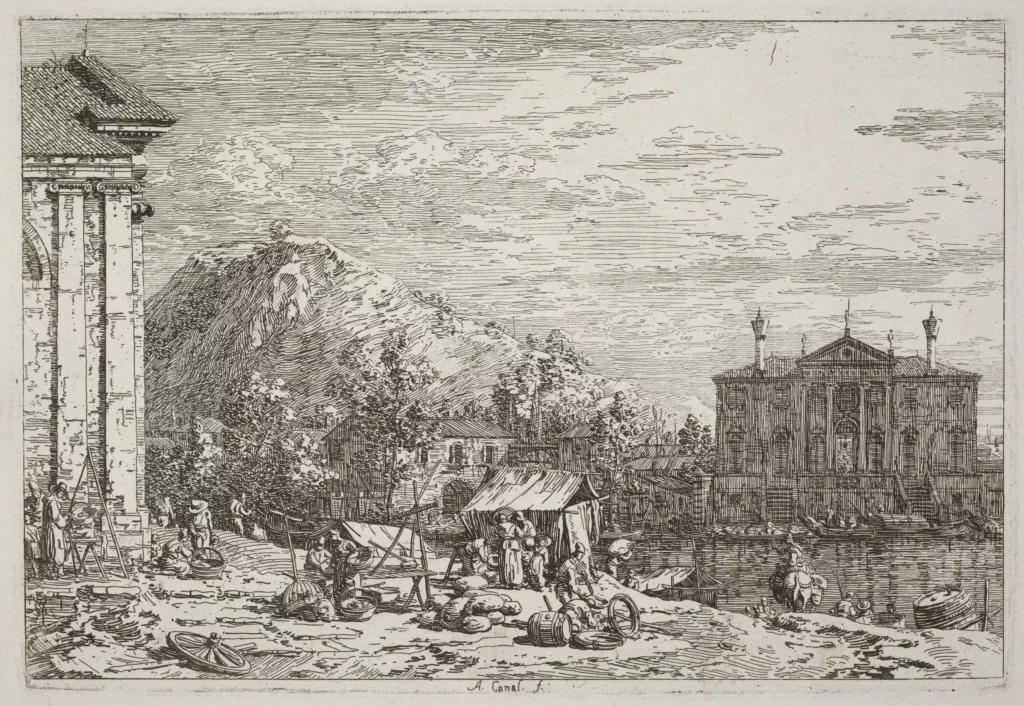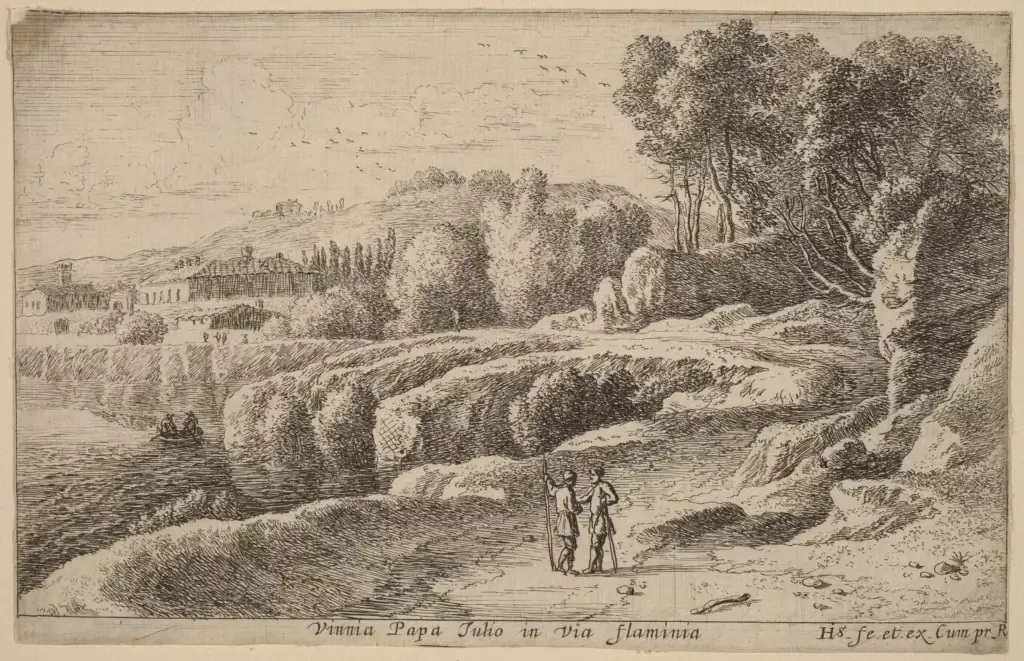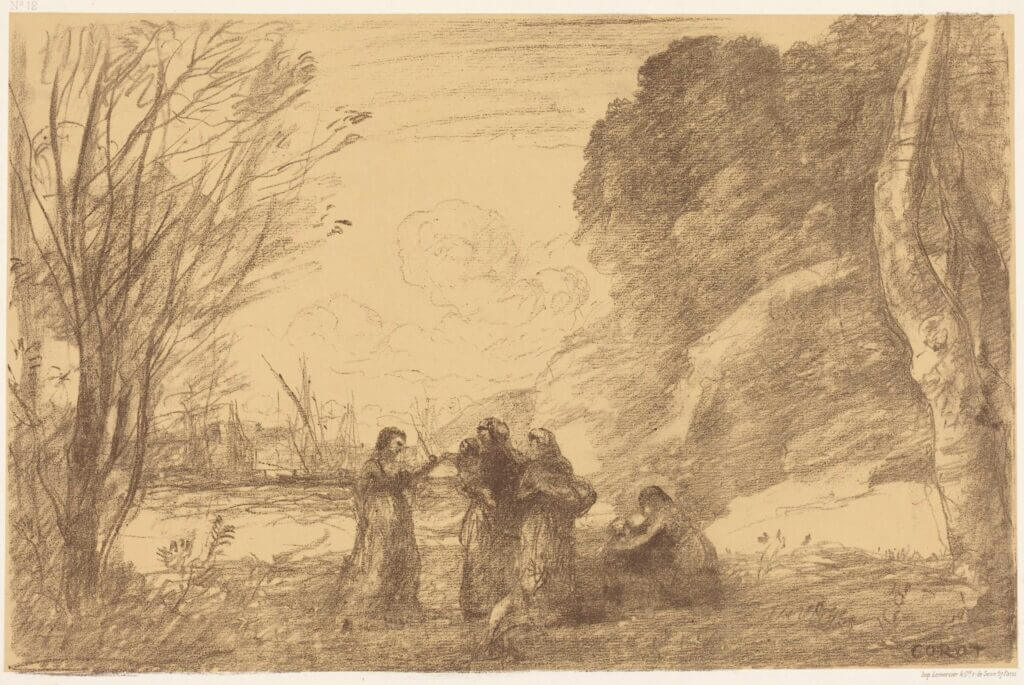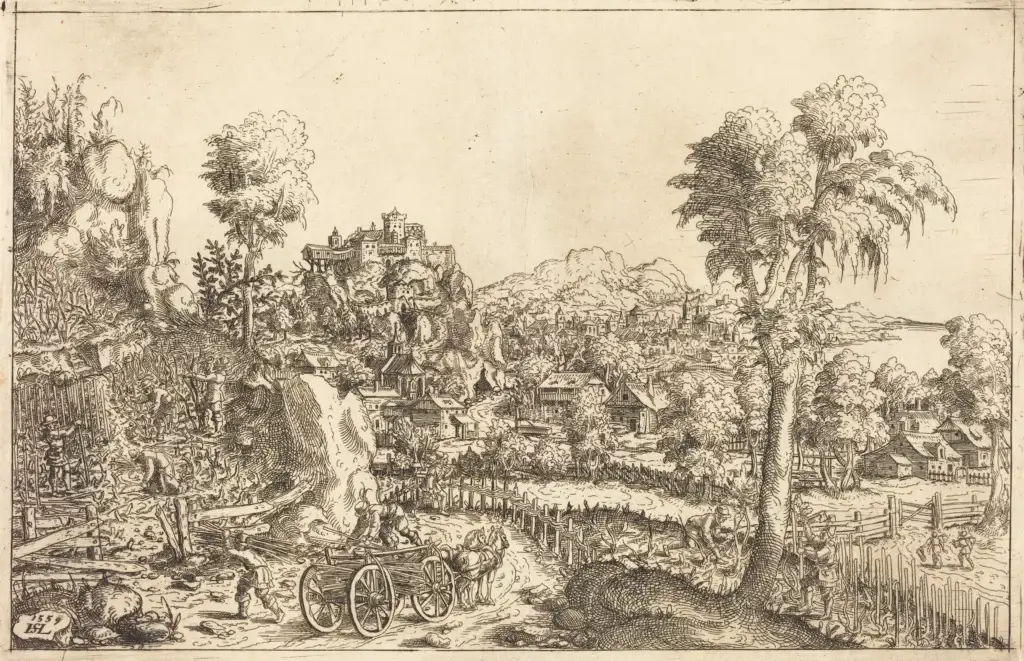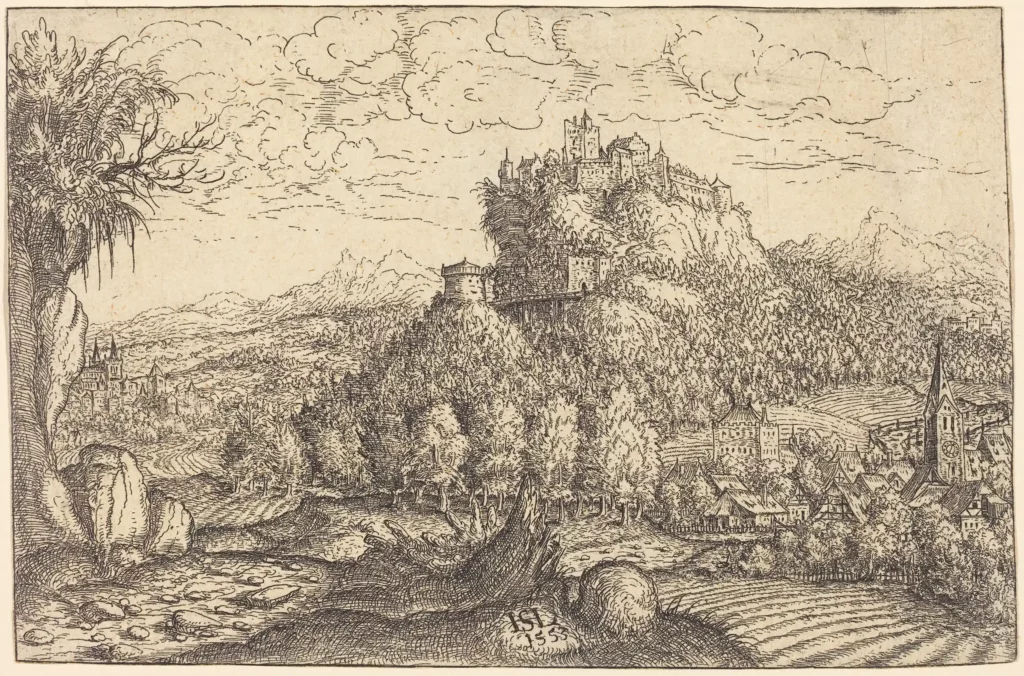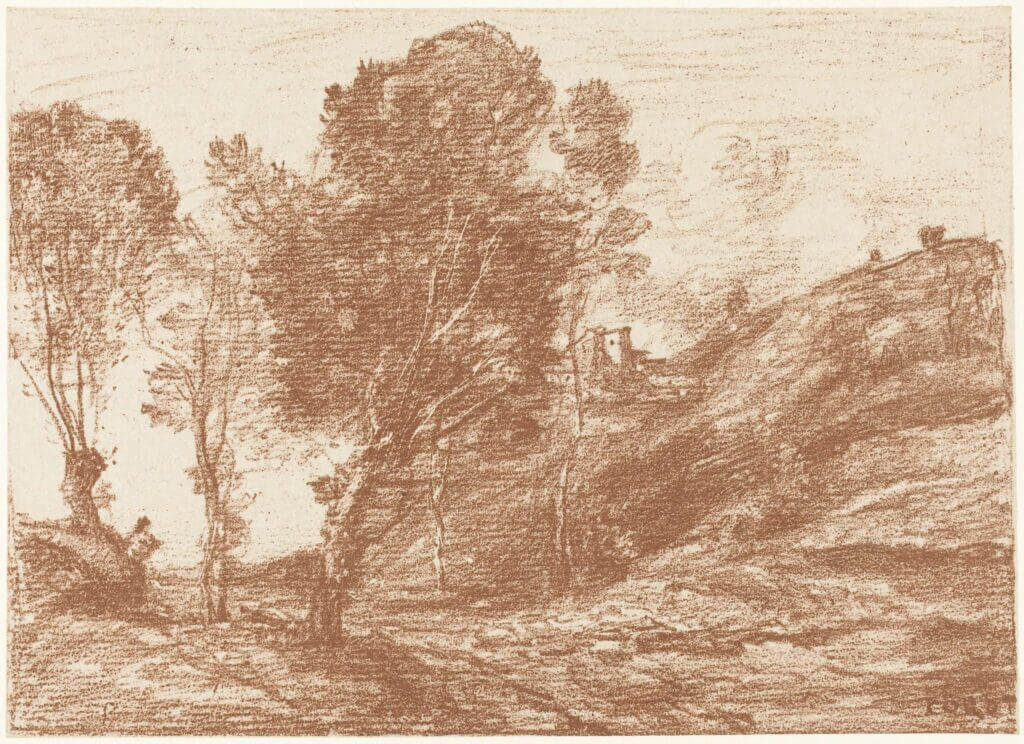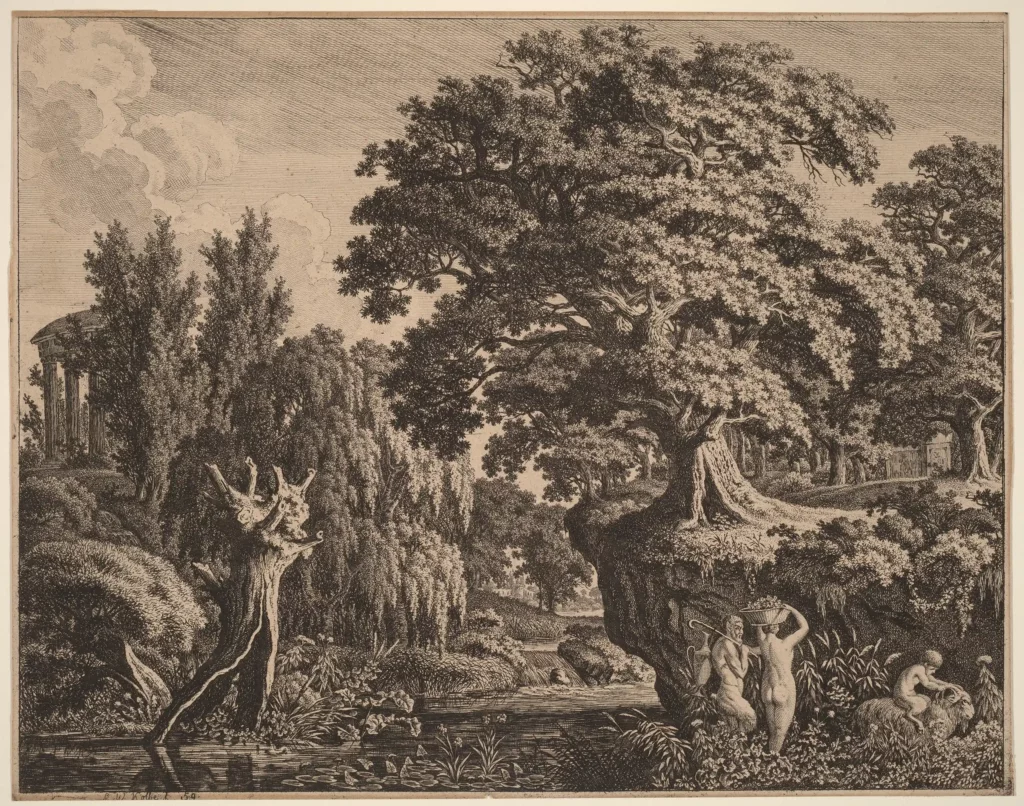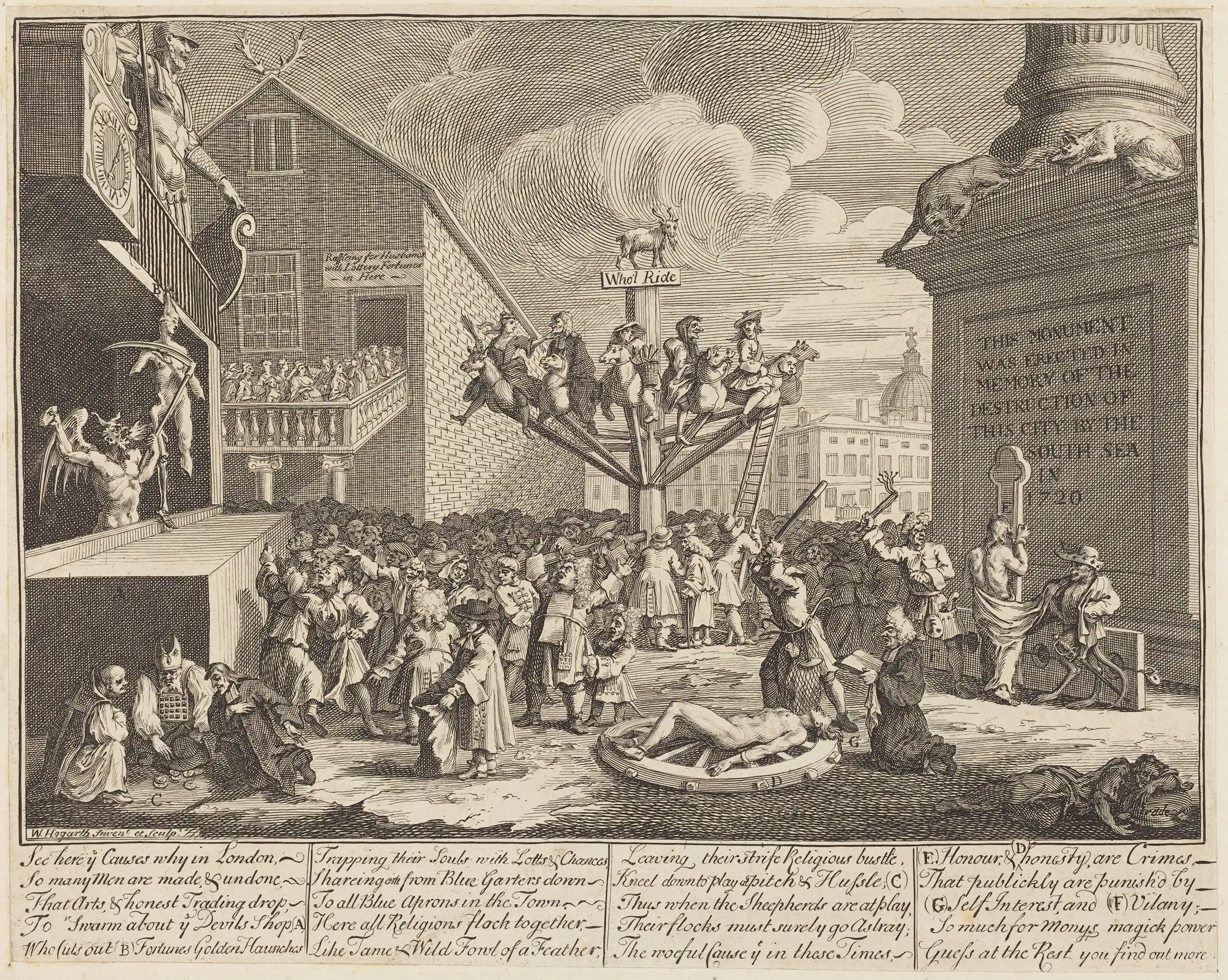
The Art of Subtlety:
Why High-End Wineries Might Want to Think Twice About Pop-Ups
The Digital Equivalent of Interrupting a Tasting
Imagine arriving for a private tasting at a high-end boutique winery’s tasting room. Everything has been thoughtfully curated, from the low lighting to the handsome furnishings and soft music, creating an ambiance of refined luxury.
However, just as you are settling in, relaxing, and lifting your glass to take a sip of carefully crafted wine, an employee jumps in front of you with a clipboard and loudly demands your e-mail address. This experience jolts you out of your good mood and sets you on edge for the rest of your visit.
Such a jarring scenario rarely happens in tasting rooms, yet this is precisely what many wineries do in their digital spaces through the use of pop-ups, sticky banners, and other intrusive elements.
Understanding the Challenge
While winery websites may vary in terms of visual presentation and storytelling, their end goals are generally the same: book tastings; invite mailing-list sign-ups; convert site visitors into wine club members; inspire online purchases; and promote special offerings, limited releases, and events.
The conventional digital marketing playbook suggests that ends such as these can be accomplished via attention-grabbing techniques such as pop-ups.
But consumers don’t interact with fine wine in the same manner as they do with other goods. And while in-your-face marketing tactics may work for mass-market products, they fundamentally contradict the “quiet luxury” experience that affluent customers expect, and high-end wine brands cultivate.
Proper Use of Pop-Ups
To be clear, contextualized pop-ups can be useful. For example, it’s entirely appropriate for an unobtrusive chat bubble to appear when a website visitor is looking to book a tasting or make a purchase. It’s the online equivalent to that moment when you’re holding a handful of items to try on in a clothing boutique, and a salesperson helpfully approaches and offers to hang your selections in a changing room for you.
But a chat bubble that appears out of context can be a major distraction. For example, imagine you’re browsing a museum full of compelling paintings and sculpture when suddenly, a museum administrator taps you on the shoulder and begins asking you questions. Likewise, if a winery website site visitor is immersed in the thoughtful photography and storytelling on a web page that is devoted to the brand narrative, it can feel like an encroachment. In this case, the chat bubble serves no purpose other than to distract the site visitor. It is decontextualized.
Why Decontextualized Pop-Ups Undermine Luxury Wine Brands
For high-end wineries, intrusive marketing elements create several significant problems:
- They disrupt the narrative journey in a business in which storytelling is integral to sales
- They diminish the perception of exclusivity by employing tactics associated with discount retailers
- They contradict the personal relationships that customers forge with brands
- They create friction in what should be a seamless, enjoyable browsing experience
- They signal desperation rather than confidence in the quality of your offerings
- They prioritize short-term conversions over long-term relationship-building
The Pull vs. Push Philosophy
At Vin, we recommend that our high-end clients take a different approach—one that respects visitors’ intelligence and agency while maintaining the elevated experience your brand promises. Instead of pushing marketing messages at visitors, we recommend creating subtle elements that pull them toward desired actions when they’re ready to engage.
This approach trusts that visitors who appreciate fine wine are discerning individuals who will make connections with brands that resonate with their values and aesthetic sensibilities. It’s about invitation rather than interruption.
Elegant Alternatives to Pop-Ups and Banners
Our high-end clients use the following methods to communicate special offerings, new releases, and critical accolades through subtle website design:
1. Integrated Promotional Sections
Rather than overlaying promotions on top of your content, weave them elegantly into your website’s fabric by featuring current releases or special offers in a dedicated homepage section with a sophisticated design treatment. Recent critical accolades and high scores can be highlighted via subtle typographic emphasis. And thoughtful transitions between content areas can subtly guide the eye toward promotional content. These sections can be easily implemented and updated using modern tools like the WordPress block editor, providing flexibility without compromising design integrity.
2. Contextual Calls to Action
Position calls to action where they naturally align with the user’s journey:
- Follow discussions about the brand story or winemaking philosophy with membership invitations that build upon the narrative
- Include mailing list sign-ups at the conclusion of content about limited releases
- Offer wine club information alongside tasting notes for member-exclusive wines
When calls to action feel like logical next steps rather than interruptions, visitors are more inclined to respond positively.
3. Thoughtfully Designed Banners (If Necessary)
If promotional banners are deemed necessary, implement them with restraint:
- Always include a clearly visible close button to respect visitors who wish to remove them
- Use standard positioning (typically top of page) rather than fixed positioning that follows scrolling
- Consider placing banners at the bottom of the screen where they’re less disruptive to content consumption
- Use design language consistent with your overall brand aesthetic
4. Website Footer Optimization
The footer area offers valuable real estate for important links without disrupting the primary browsing experience. It can:
- Include concise, elegant calls to action for mailing lists and wine clubs
- Group links logically to help visitors quickly find what they’re looking for
- Maintain consistent brand styling while ensuring this area remains uncluttered
Additional Elements to Avoid
While pop-ups are perhaps the most egregious offenders, several other intrusive elements should be approached with caution:
- Autoplay Videos with Sound: Few elements are more jarring than unexpected audio when browsing a website.
- Push Notification Requests: These pop-up alerts—informing site visitors of non-pressing issues such as abandoned carts—interrupt the browsing experience and detract from the impression that the high-end wines on offer are in high demand.
- Live Chat Windows That Auto-Open: While offering chat support can be valuable for complicated technological products, windows that open automatically feel intrusive and presumptuous for a product as simply enjoyable as wine.
- Exit-Intent Pop-ups: “Wait, don’t go!”-style messaging makes a desperate last impression, ensuring that visitors will be unlikely to return.
- Countdown Timers: Creating artificial urgency contradicts the timeless nature of fine wine appreciation.
Accessibility Considerations
Beyond aesthetic concerns, intrusive elements often create accessibility issues that can exclude visitors with disabilities and potentially expose wineries to legal liability:
- Pop-ups frequently trap keyboard focus, making navigation impossible for those who don’t use a mouse
- Overlay elements can prevent screen readers from accessing underlying content
- Color-contrast issues are common in hastily implemented marketing elements
A thoughtful, accessible approach demonstrates care for all visitors—a value aligned with the inclusivity of wine appreciation.
Conclusion: Respecting the Visitor’s Journey
The most successful luxury wine websites don’t rely on interruption-based marketing tactics. Instead, they create compelling digital environments that respect visitors’ intelligence and autonomy while guiding them toward meaningful engagement with the brand.
By choosing restraint over interruption, subtlety over boldness, and suggestion over command, wineries can create digital experiences that reflect the care and craftsmanship embodied in their wines. This approach not only preserves brand integrity but ultimately leads to more meaningful connections with the customers who will value your wines most.
